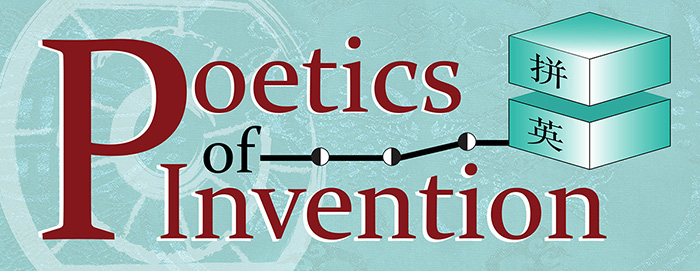Student Involvement in Pinying
I-CCEW:
Student teams developed a launch plan for Pinying using a “human centered design” approach.
A multidisciplinary student team researched the market and developed hypotheses for target market needs and concerns. They interviewed hundreds of experts, stakeholders, and potential customers.
Student software coders developed a prototype based on customer interviews and feedback, using an agile approach.
The overall team launched the Pinying app, and developed and executed a marketing strategy, all of which led to over 800 initial downloads.
使用“人本设计”的理念,学生团队为“拼英”的开发出一套执行计划。
一个跨学科的学生团队通过市场分析,从而确定目标市场需求和考量。在这个过程中,他们访问了成千上百个专家,股东和潜在的客户。
根据客户调查和意见反馈,程序员利用快速开发法开发出产品原型。
团队成员共同发布“拼英”应用,开发并执行销售策略,在发布初期实现了超过八百的下载量。
I-Hub:
史道林教授与学生及员工一起创造了中国古代的印刷台的现代版本,向我们演示了创意过程,这一过程指导了他发明了“拼英”。学生手工制作了超过一万个汉字字块。
Dr. Stalling worked with students and staff to create the modern version of ancient Chinese printing tables and boxes to demonstrate the ideation process that guided his invention of Pinying. Students hand crafted over 10,000 Chinese press letters in total.
OU Libraries:
Dr. Stalling worked with OU Library Emerging Technology Librarians and students to prototype the Seedling as an extension of the Pinying digital assets and learning block technologies. This prototyping came in two stages: the proof of technological concept which tested the functionality of the sound chips and interactive readers, and the aesthetic product that would not only house the Seedling hardware but look pleasing to the customers and be fun to use.
史道林教授与俄克拉荷马大学图书馆创新技术工作室以及学生共同开发了“秧苗”学习机的原型,这是“拼英”的数字化和字块技术的衍生产品。该产品的开发分为两个阶段:技术概念的验证阶段——主要来测试发音芯片和互动朗读机的功能。外观开发阶段——除了要容纳“秧苗”学习机的所有硬件,还要让使用者觉得美观而且有趣。




